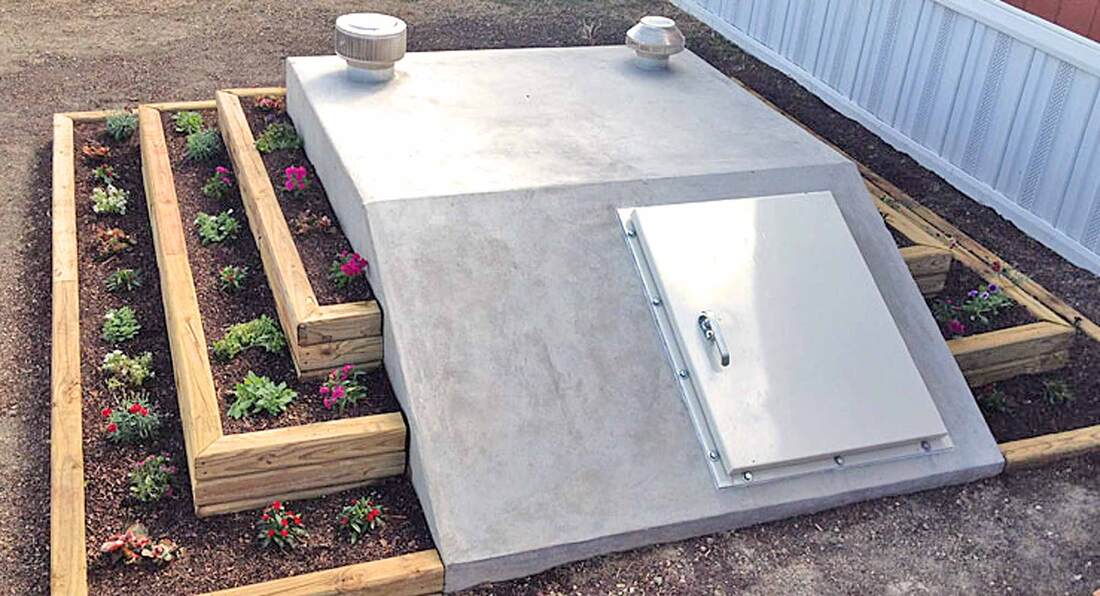A perfectly manicured sidewalk is an essential ingredient for the construction of a walkway. The best characteristic of a sidewalk is durability. It should allow you to enjoy its aesthetics and safety for a long time. A sidewalk with an excellent drainage system proves to be a boon for pedestrians, especially in rainy and winter months. Standing water can cause puddles to form, which can be the cause of injuries as they become invisible in these months. Concrete sidewalks are an even more practical option, as any design or pattern can be incorporated into them.
Drainage Systems from Melbourne is the perfect choice for the construction of a sidewalk as they conduct detailed research and offer a wide variety of choices for designing it uniquely.
Installing a drain in the sidewalk allows the rainwater to drain off to the city sewage system and prevents the collection of standing water, as standing water can also cause cracks turning the construction ugly and making it extremely unsafe for pedestrians and bikers. Drainage Contractors from Melbourne take responsibility for the safety of all men and materials in general.
Three main components of sidewalk drainage are here for you to ponder over –
1. Catchment Area
The first step is to identify the area that needs the maximum drainage and map it correctly. Mark all the areas where water accumulates the most frequently, then plan and design the whole system around them.
The catchment area is situated on a slope or any source of standing water. Its shape has a great influence on the catchment possibilities. It should be large enough to allow the water to flow easily without accumulating in any one place, causing a mess.
2. Drainage Field
The drainage field is the area to collect all the excess water, and thus its preparation or placement is far away from the main structure. This is to avoid flooding the main structure if the drainage system stops working. It is for the safe collection of excess water so that the coagulation of the drains is avoided.
3. Outlet
This is the last and most important component of a drainage system. It allows the drainage system to get rid of the excess water taking it away from the sidewalk. Usage of an underground pipe or a storm drain is most advisable. .
Choosing the best option from the available ones is a humongous task as other than the appropriate location of the drain and the most effective drainage system, what is the most important is the connection of the drainage system with the septic tank. Incorrect placement can lead to the overflow of the septic tank causing the contaminated water to enter the main water supply.
The best options for optimal drainage are the ones that do not allow the excess water to sit for long and get contaminated but be of use for other purposes like feeding the vegetation and replenishing the town’s water supply. The available options for optimal drainage are –
● Surface Drainage System
This system allows the surface water to drain safely through channels and ditches. These are one of the most traditional drainage methods. They exist in various forms and shapes, like humps, drains, and hollows. Cast-In-PlaceTrench Drains with designer grates cover these drains. Designer grates match the aesthetics and help avoid large objects from entering the drains. Drainage Systems from Melbourne ensure the placement of long-lasting, decorative steel grates with strainer baskets to catch the objects.
● Subsurface Drainage System
Also known as the French Drain, these work beneath the surface of the topsoil to get rid of the excess water. Drainage Systems from Melbourne provide umpteen solutions for the placement of pipes of the subsurface drains. They dig ditches to install steel pipes for an enduring experience.
● Slope Drainage System
This allows the water to run off from a slope in a downward direction. Drainage Systems from Melbourne guarantee the appropriate installation of strong steel pipes from the structure sloping downwards, which swiftly takes the excess water to a nearby ditch or stabilised water course.
● Downspouts and Gutter System
Downspouts play a significant role in a gutter system. Before attaching a downspout to the drainage system Drainage Systems from Melbourne first insert a connecting pipe through a hole in the gutter. Then they seal the hole to prevent leaks. These gutters need service twice a year and require common items for the same. With regular care and service, these can last up to fifty years.
Winding Up
Rain or a storm may never be a hassle if we know that the drainage system works efficiently. Drainage Systems from Melbourne assure efficient installation and drainage, with a variety of them to choose from. They deal with problems that may arise with the excess water run-off or accumulation of water, with immediate effect.


